Introduction
Sumo is a part of Japanese culture solidified in the minds of many, partially due to the gargantuan size of its competitors, and, perhaps, partially due to the mystique surrounding the sport. Japan’s national broadcasting service is the only company airing matches and it’s only recently that matches with English commentary could be viewed overseas. This article is an attempt at demystifying sumo, introducing the rules, and helping you find somewhere to watch it the next time you’re in Japan.
What is Sumo?
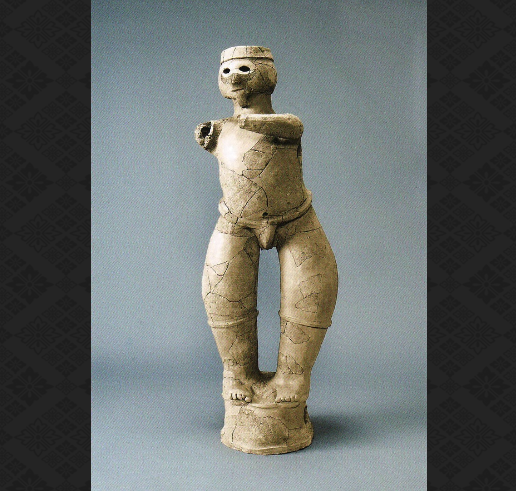
Sumo Figurine, Kofun Period
Sumo is a martial art that was first recorded in Japan’s oldest book, Kojiki (712). Figurines of sumo wrestlers have been found from as early as the 3rd century1. During the Nara period (710–794) and the Heian period (794–1185) the sport was performed for imperial entertainment. When samurai families came to power the physical prowess of wrestlers was idolized. One of Japan’s most famous warlords, Oda Nobunaga, loved sumo so much he found time to hold yearly tournaments.
The sport really gained momentum and assumed its current rule system during the Edo Period. 48 winning techniques or kimarite were devised, the round ring was established, the traditional dress and topknots appeared. Sumo became a sport for the working class when matches were used to raise funds for building bridges and the like. Sumo became a profession with paid monthly salaries and woodblock prints(nishiki-e) of wrestlers were sold.2
The Rules of Sumo
Today sumo has 82 recognized winning techniques. You can watch them all in action here. But, to state the rules more simply…
- A wrestler loses if:
- They leave the ring
- Any part of their body except the soles of their feet touch the ground
- Players cannot:
- Punch (an open hand is fine)
- Slap (excessively with a wide arc esp. aimed at the ears)
- Choke (thrusting an open hand at an opponent’s throat is okay)
- Pull an opponent’s hair
- Kick (tripping and sweeping are allowed)
- Grab the groin or rear (the belt around the hips is okay)
- Bear down on an opponent while holding tightly to their belt (this will crush their back)
- Interlock fingers behind an opponent’s back while in a bear hug3
How Rikishi (Wrestler) Rankings Work
When a rikishi begins their career they join one of Japan’s 42 stables and train there for their entire career. Rikishi start at the bottom of the pyramid as apprentices and do not receive a monthly salary at the first 4 ranks. Only when they make Juryo do they finally debut as full-fledged rikishi. The Makunouchi is the highest division and is divided into 5 ranks with the grand champions, the Yokozuna, at the top.
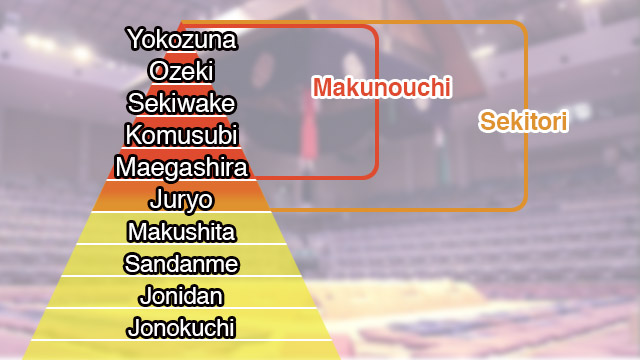
Image courtesy of NHK World
At first, advancing through the ranks is simple. If a rikishi has more wins than losses in a tournament, they advance; if they have more losses than wins they are demoted. However, when it comes to Ozeki and Yokozuna the requirements to advance are more stringent, but the position is harder to lose. According to NHK World “[A potential Ozeki candidate] must score double digit winning records for at least three consecutive tournaments” and “[Becoming Yokozuna] generally [requires] two consecutive tournament championships or something equally impressive.”4 Yokozuna cannot be demoted, but if they lose a tournament they are expected to retire. Ozeki can lose two tournaments before they sent back to the rank Sekiwake.
Where to Get Tickets
The Tournament Schedule
There are only 6 grand tournaments held each year for a total of 90 matches. Each tournament lasts 15 days and the tournaments are held in different cities depending on the season. Those that want to see a grand tournament match during a visit need to plan carefully.
- Tournaments by month:
- January – The New Year’s Tourney in Tokyo
- March – The Spring Tourney in Osaka
- May – The Summer tourney in Tokyo
- July – The Nagoya tourney (in Nagoya)
- September – The Autumn tourney in Tokyo
- November – The Kyushu tourney in Fukuoka

Tickets are available for sale in English online (beware of buying from unofficial sites) and go on sale about a month in advance. You then print your ticket at 7-Eleven in Japan. Sumo matches begin in the early morning with top division bouts starting at 2 in the afternoon and run until 6 pm, so plan to be there all day. You are allowed re-entry once until 5 pm.
Seating is divided into two main types. The first floor has box seating with traditional floor cushions and a close up view of the match. These seats must be purchased in units of 4. Then the 2nd floor has arena seating with a section as cheap as 2,500 yen for adult admission. Wheelchair seating is available, but they must be purchased over the phone in Japanese then paid for at a 7-Eleven.
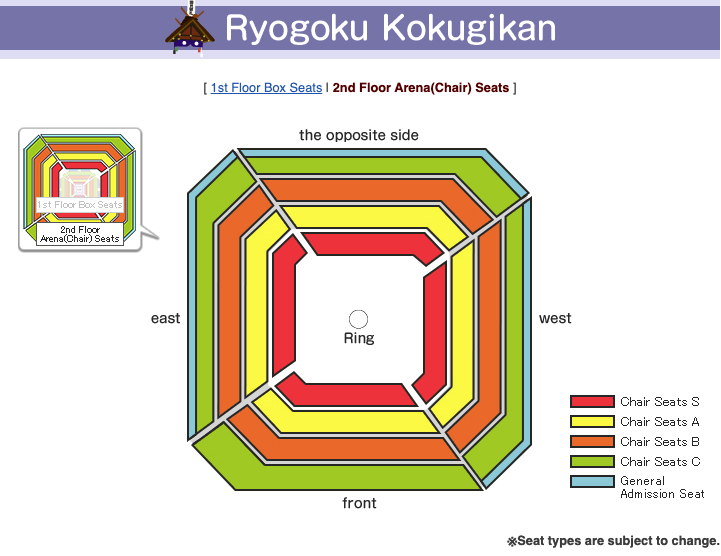
A Place to See Sumo During the Off-Season
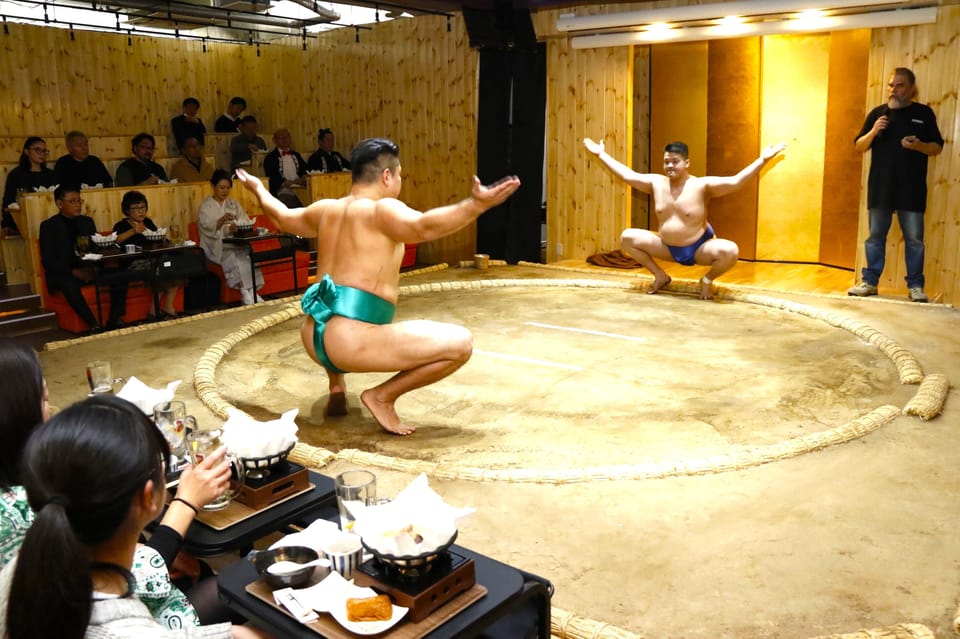
If you can’t make it on tournament day, retired rikishi put on sumo demonstrations with bilingual commentary at this stable in Tokyo. The experience includes a meal of chankonabe, a dish famously beloved by sumo wrestlers and a chance to go a round in the ring yourself if you’re brave enough. With a 4.7 star rating and nearly 3,000 reviews it’s a guaranteed good time.
Sources:

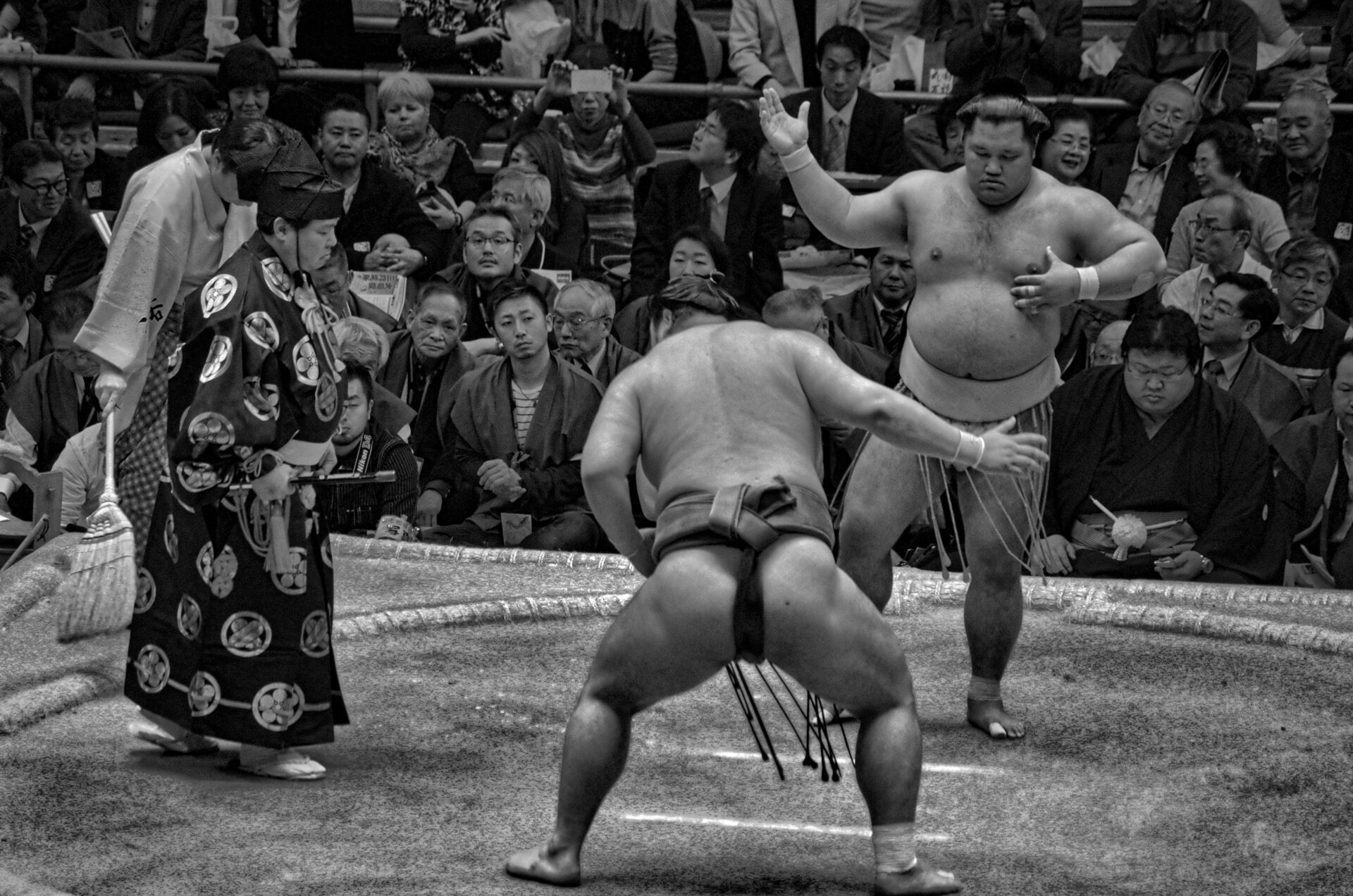
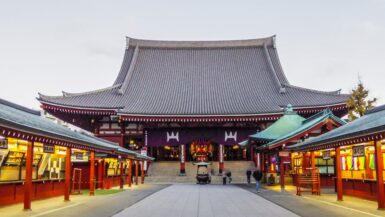

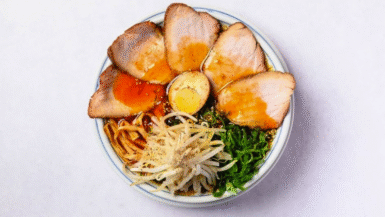
Leave a reply